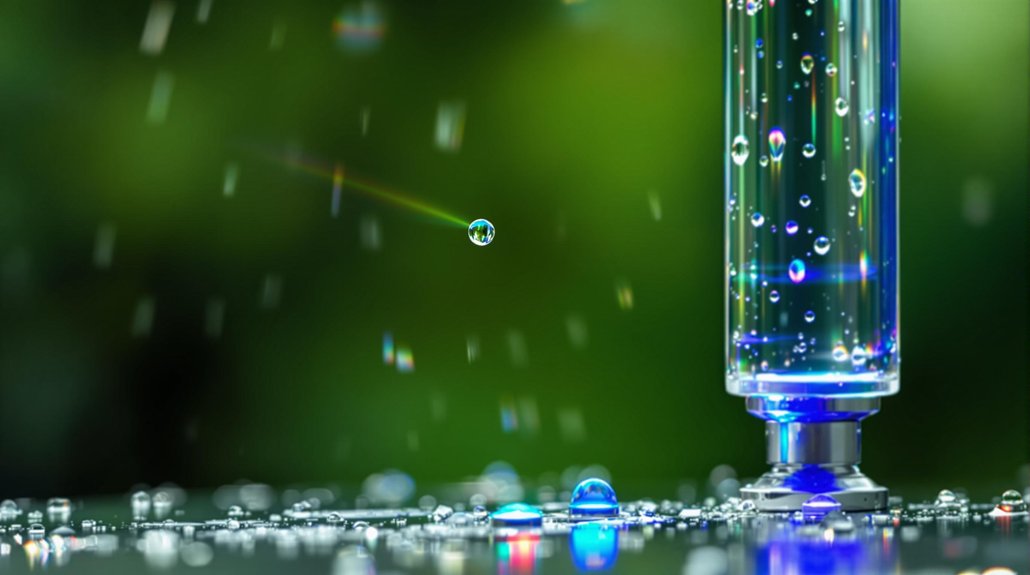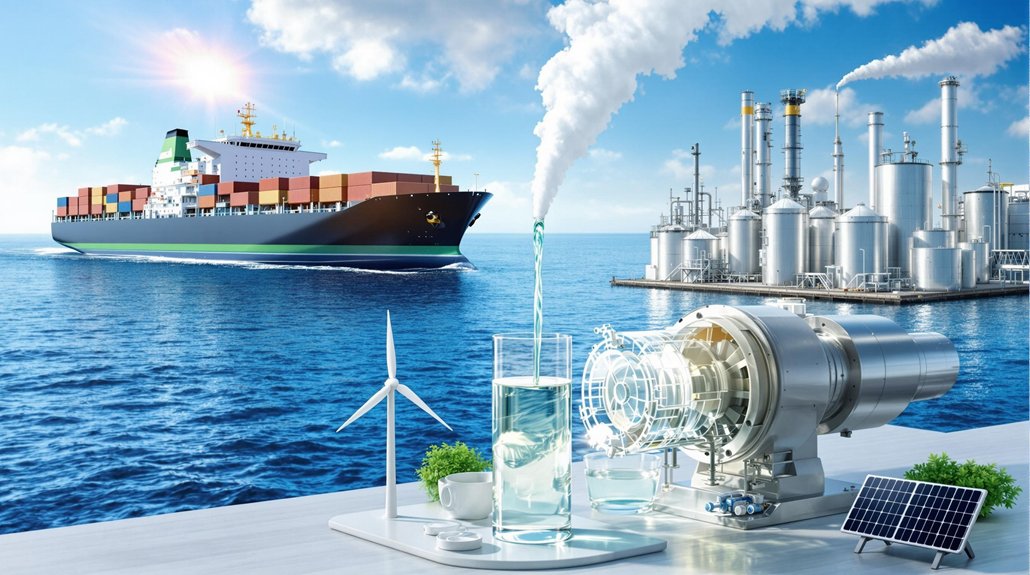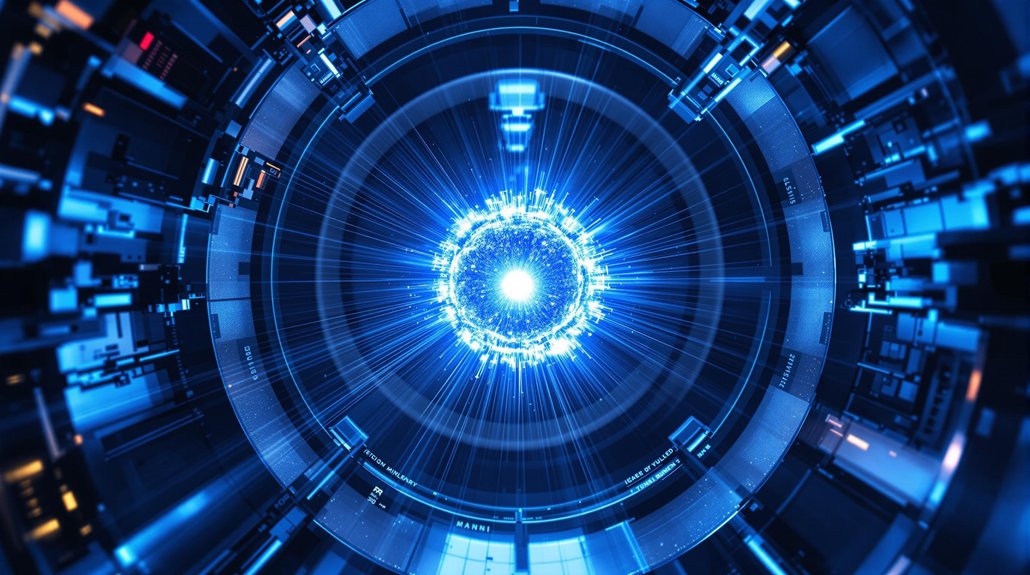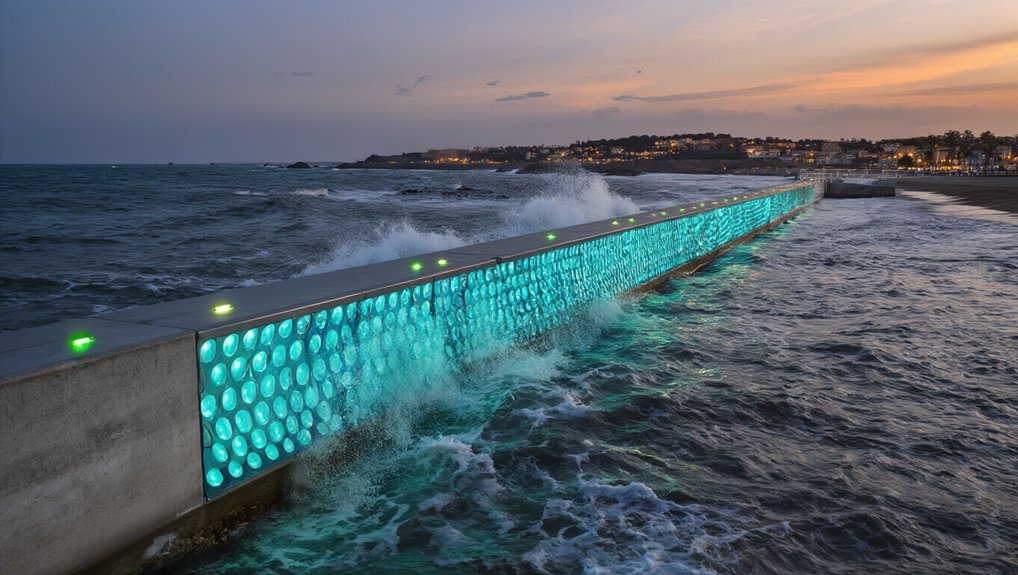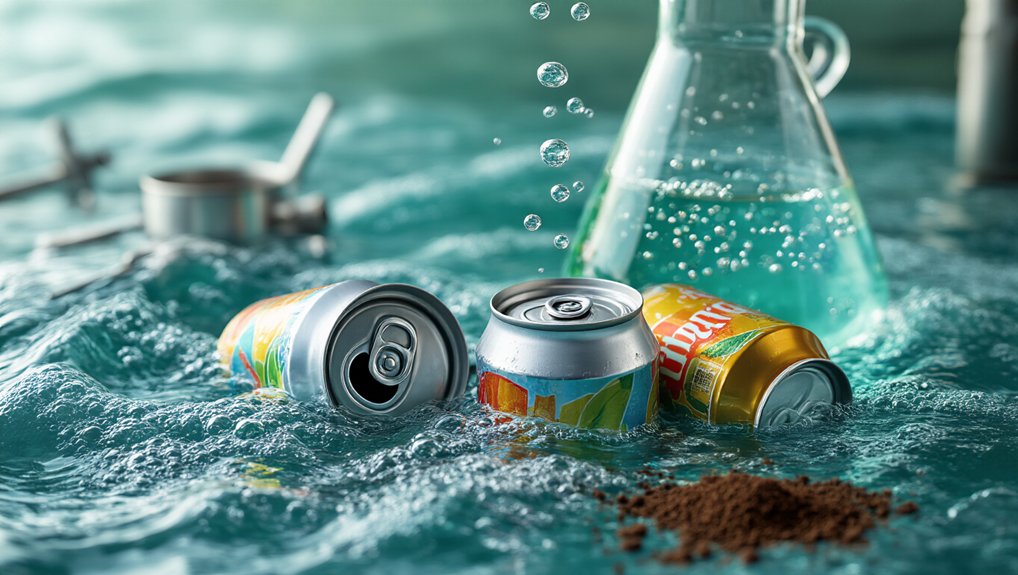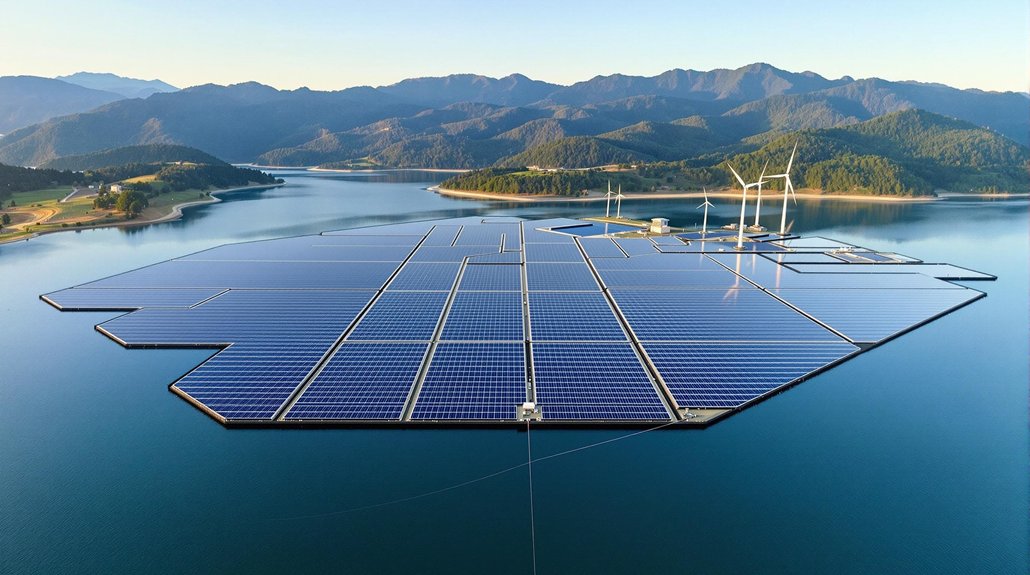Scientists have developed a new way to create electricity from raindrops. This technology uses the triboelectric effect to capture energy when water falls through special tubes. It works day and night, unlike solar power. The system converts more than 10% of rainfall energy into usable electricity without disrupting the environment. Unlike traditional hydropower, it doesn’t require dams or reservoirs. What could this mean for communities in rainy regions seeking sustainable power solutions?
Countless raindrops falling from the sky might soon power your home’s lights and appliances. Scientists have developed a new way to capture energy from rainfall using the triboelectric effect. This happens when water droplets touch certain materials, creating an electric charge. The technology works by channeling water into narrow tubes coated with special polymers.
Researchers have shown impressive results with this new approach. In recent tests, devices powered 12 LEDs for 20 seconds using water flowing through just four polymer tubes. The system uses vertical tubes about 32 cm long with small 2 mm diameters. These dimensions help maximize energy capture from falling droplets. This innovative method converts over 10% of energy from falling water into electricity.
The innovative system powers a dozen LEDs using just four narrow tubes, demonstrating rainfall’s untapped energy potential.
The key innovation is called “plug flow,” which uses water droplets separated by air pockets. This design overcomes limitations of earlier water-based energy systems. Unlike traditional methods, it doesn’t need sunlight or large infrastructure. In some tests, water droplet showers have produced brief voltage spikes as high as 1,200 volts.
These devices, known as hydrovoltaic cells, generate electricity from water’s movement across specially designed surfaces. They work 24 hours a day by capturing energy from kinetic motion and the natural behavior of water molecules. The groundbreaking research was published by National University of Singapore scientists in April 2025. The technology doesn’t just work with rainfall – it can also harvest energy from humidity and evaporation.
The environmental benefits are significant. Rain is abundant and naturally recurring, making it a completely green energy resource. These systems don’t disrupt ecosystems like traditional hydropower dams. They’re compact enough to fit in urban environments where space is limited. Unlike geothermal systems that have a capacity factor above 90%, these rain-powered devices currently produce intermittent power.
While the technology shows promise, challenges remain for wider adoption. Current outputs from individual droplets are brief, requiring improvements for sustained power generation. Scientists are working to enhance the efficiency of the mechanical-to-electrical conversion process. If successful, this innovation could provide a new, distributed source of clean energy using nothing more than falling raindrops.
